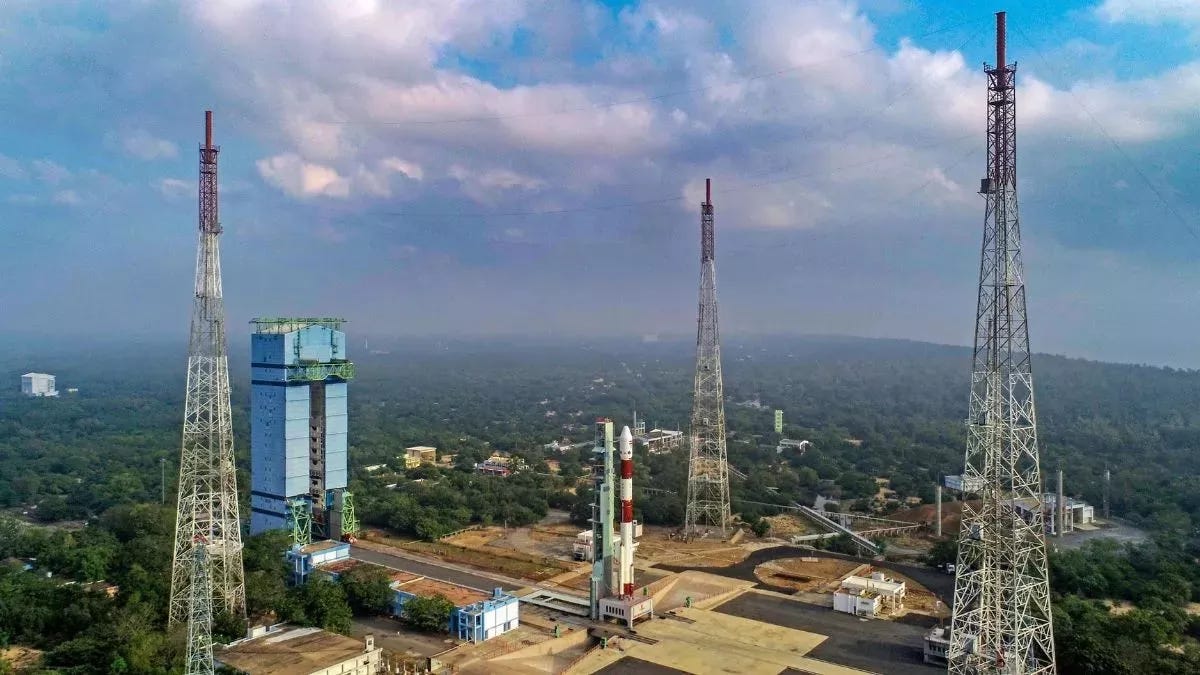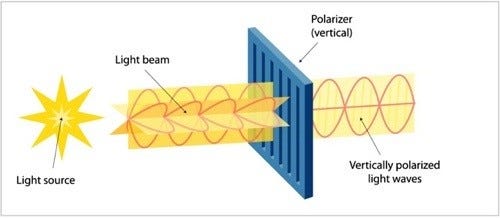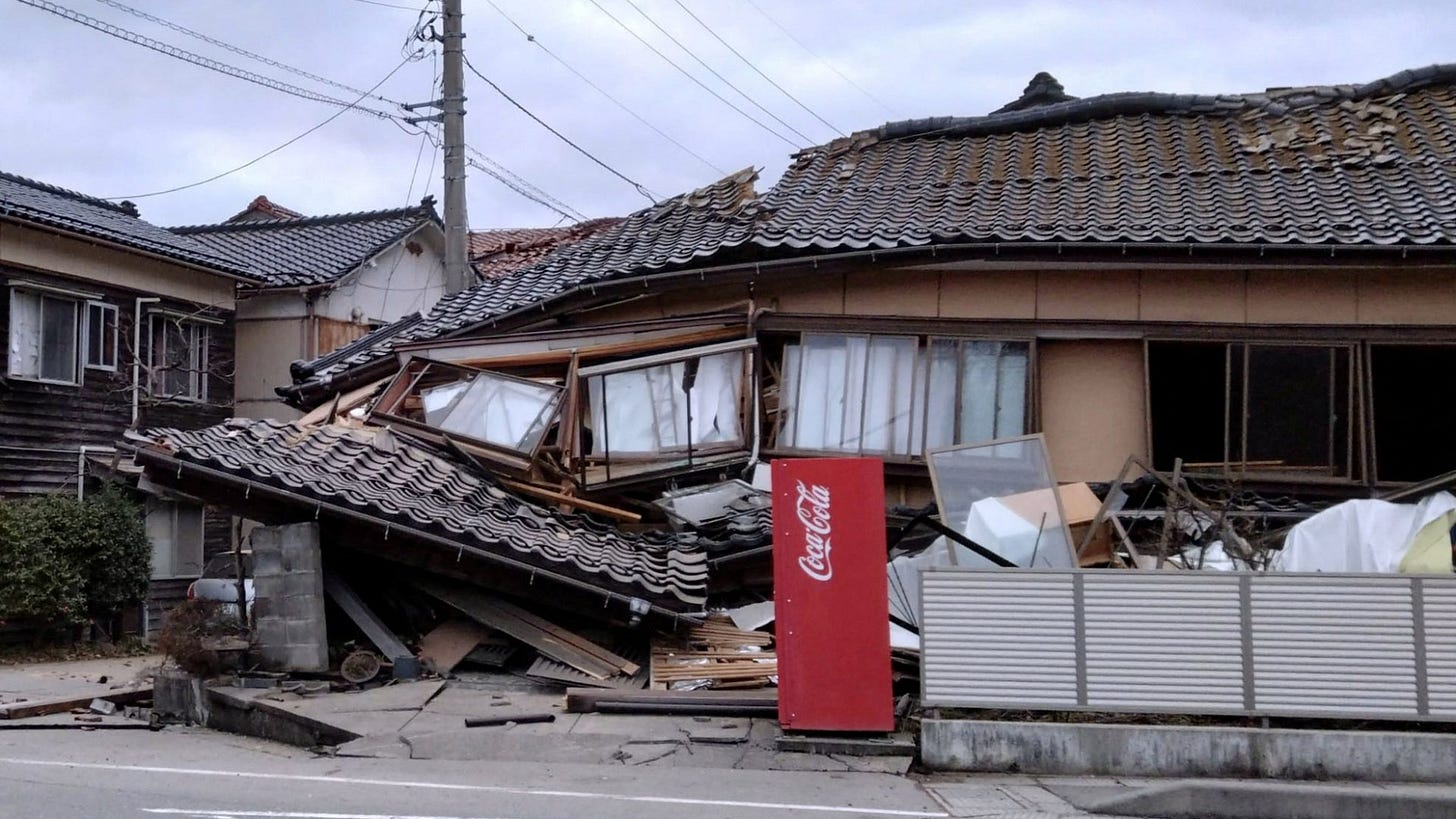Hey buddy! Glad to see you here. Welcome to Tuesday, 2nd of January 2024’s Matters that Matter. Happy Reading!
1. XPoSat launch: what is ISRO’s first mission of this year
Some of the most exciting features of the universe, like black holes and neutron stars, remain mysteries to human kind. Because of their immensely strong magnetic fields, some of these celestial bodies emit highly energetic X-ray light.
The Indian Space Research Organisation (ISRO) began the new year with the successful launch of its first X-ray polarimeter Satellite (XPoSat), which will study X-ray polarisation and its cosmic sources such as black holes and neutron stars.
The XPoSat is only the world’s second such mission after the Imaging X-ray Polarimetry Explorer (IXPE) launched by NASA in 2021.
Experts believe that this mission can help answer some of astrophysics's long standing questions. For example, they can help unravel the contours of black holes in binary stars — two stars gravitationally bound to each other.
What exactly is XPoSat?
The mission will allow astronomers to study the nature of X-ray emissions from bright celestial sources in the medium energy band. It has an estimated mission life of about five years. The observations will be done when the neutron stars are in transit through the Earth’s shadow—for instance, during the eclipse period.
What do the two payloads do?
It comprises two payloads, Indian X-ray Polarimeter (POLIX) and X-ray Spectroscopy and Timing (XSPECT). POLIX is the world’s first instrument designed to operate in the medium X-ray of 8 to 30 kilo electron Volt (keV) energy band. It consists of a collimator, which is the key component to filter light originating from bright sources in the field of view. Besides, there is a scatterer along with four X-ray proportional counter detectors.
The XSPECT, meanwhile, is designed to conduct fast and high spectroscopic resolution in soft X-rays energy bands (0.8-15 keV). It will observe a variety of sources like X-ray pulsars, black hole binaries,low-magnetic field neutron stars, active galactic nuclei, and magnetars.
Why is the XPoSat mission significant?
So far studies for X-ray polarisation measurements were not attempted. XPoSat will be thus a game-changer.
Out in space, X-rays get polarised due to multiple causes, such as being subject to strong magnetic fields or due to interactions with material present around black holes. So, by studying the polarised X-rays emanating from excellent sources like magnetars, scientists can probe the nature of the radiations and the multitudes of processes involved in generating these radiations.
But what is the polarisation of X-rays?
X-rays comprise electric and magnetic waves that are constantly in motion. Being sinusoidal waves, they do not follow a patterned direction of motion. However, a polarised X-ray is both organized and has two views vibrating in the same direction.
When magnetars (young and highly magnetized neutron stars) or black holes emit Xrays, they encounter a wide variety of materials in the universe. As X-rays pass through the thick cloud of materials, their electric component emits a photon which gets polarised in a direction perpendicular to the plane formed between the original and the scattered photon.
Many more great journeys await ISRO
2023 marked a significant shift in gears for India's space program. With the launch of Chandrayaan-3 and Aditya-1, ISRO transitioned from an agency with capabilities in placing satellites in orbit to a planetary exploration agency. Later this year, ISRO will combine with NASA to send a mission to the International Space Station, the permanent laboratory in space about 400km above the earth'ssurface. A test flight of the Gaganyaan, without astronauts, is also scheduled for this year. With every venture, ISRO has sent signals that it has the expertise and maturity to contribute to all aspects of planetary research.
2. Why many US allies haven’t joined its Red Sea security
As part of a security initiativein theRed Sea named Operation Prosperity Guardian, the United States military said Sunday (December31) its forces opened fire on Yemen’s Houthi rebels. The Houthis confirmed 10 casualties. However, many US allies are yet to commit to the operation. Initially, it was reported that nine countries were joining—the United Kingdom, Bahrain, Canada, France, Italy, Netherlands, Norway, Seychelles and Spain. Missing from the list are other major US partners, such as Australia, Japan, and most Arab nations, including Saudi Arabia.
Why has the Arab world kept away?
In theMiddleEast, it’s about the stand on the Israel-Hamas conflict. Even as several countries have sought to normalise relations with Israel in recent years, its military action in Gaza has now drawn condemnation. The cause of Palestine has again gained centre stage.
Saudi Arabia, in particular, has played a role in supporting the anti-Houthi forces in the Yemen civil war. In around a decade since the war began, the Houthis have held on to power and Saudi Arabia now seems unwilling to invest further in the conflict. It is participating in peace talks. Simultaneously, it is pursuing closer ties with Iran, which is believed to be backing the Houthis. Thus, an explicit call against theHouthis would harm these efforts.
If you haven’t subscribed yet, you might like to spare a second to do so :P Not only will you never miss a beat on the global hot topics but it also helps me to know if I am adding value to the community. For me, it’s a token of appreciation and support from my sweet friends for my efforts :)
What about other partners?
Among other countries too, there is some reluctance to fully commit to the mission due to countries wanting to stay away from a war where Israel's actions are increasingly under question.
Russia stays safe
The spate of attacks on commercial vessels have not impacted flow of Russian crude through the Suez Canal-Red Sea route, even as a number of global shipping lines and oil companies are now avoiding the important global trade artery. Oil and shipping analysts do not foresee tankers carrying Russian oil coming under attack in the region as Russiais perceived as Iran’s ally. The Houthi rebels are widely believed to be backed by Tehran.
3. Other Matters in News
A powerful earthquake struck central Japan on Monday, killing at least one person, destroying buildings, knocking out power to tens of thousands of homes and prompting residents in coastal areas to flee to higher ground. The quake with a preliminary magnitude of 7.6 triggered waves of about 1 metre along Japan's west coast and neighbouring South Korea. It was the strongest quake in the region in more than four decades, according to the U.S. Geological Survey. Army personnel were dispatched to help with rescue operations. More strong quakes in the region, where seismic activity has been simmering for more than three years, could occur over coming days. Russia and North Korea also issued tsunami warnings for some areas.
India experienced its second warmest year in 122 years, the India Meteorological Department (IMD) said on Monday. The warmest year ever recorded during this period was 2016. The winter season may have officially begun over India, but the IMD forecast for the January–February season is not indicating severe cold waves or cold conditions. The monthly minimum temperatures are expected to be above normal overmost parts of the country. Fewer coldwave conditions are expected during this month. Whereas cold day conditions are likely to be experienced, as the day temperatures could remain below normal due to the rainfall forecast during most days in January. As a result, the rabi crops could benefit, especially in the northern plains.
- References and Excerpts from The Indian Express
If you read till the end, I am so proud of you for being a responsible and informed citizen of the world! Don’t forget to pass the baton to your friends by sharing this article.
Your suggestions are invaluable and would help Matters that Matter to improve and deliver to the community better. So, feel free to reach out!
Until then, sending lots of best wishes and love <3








Indian Space center is doing great job....